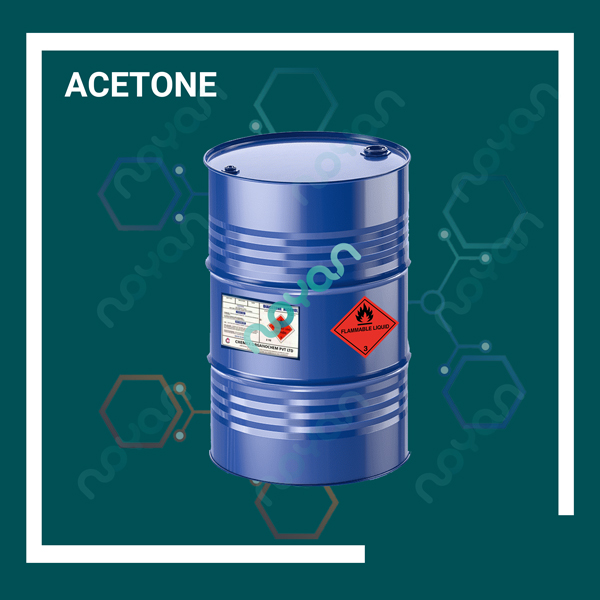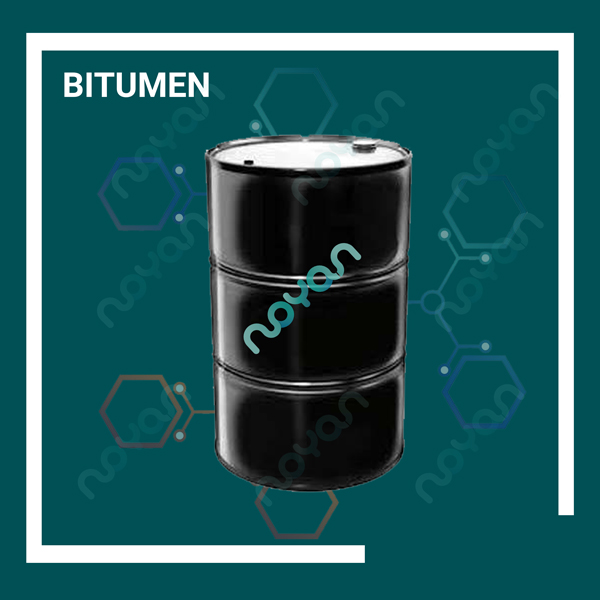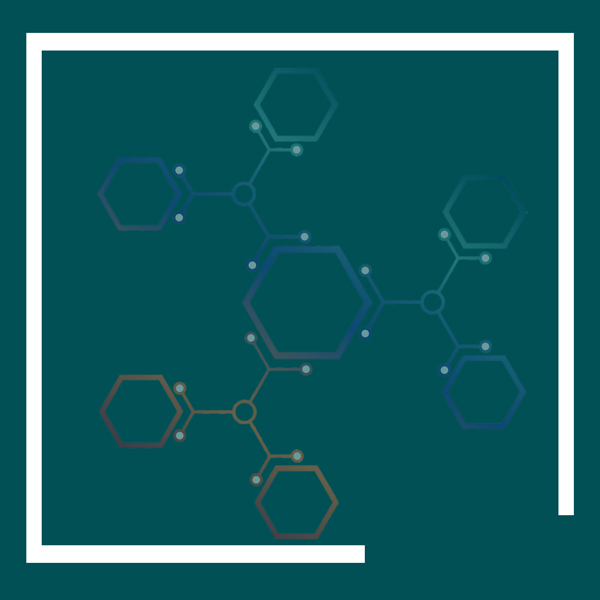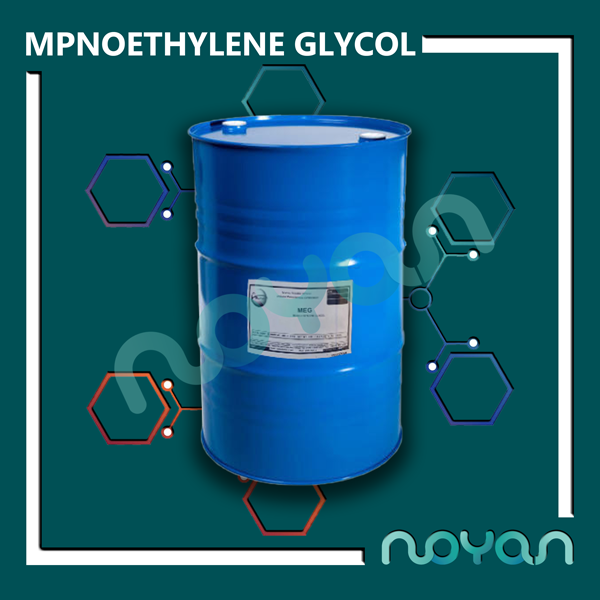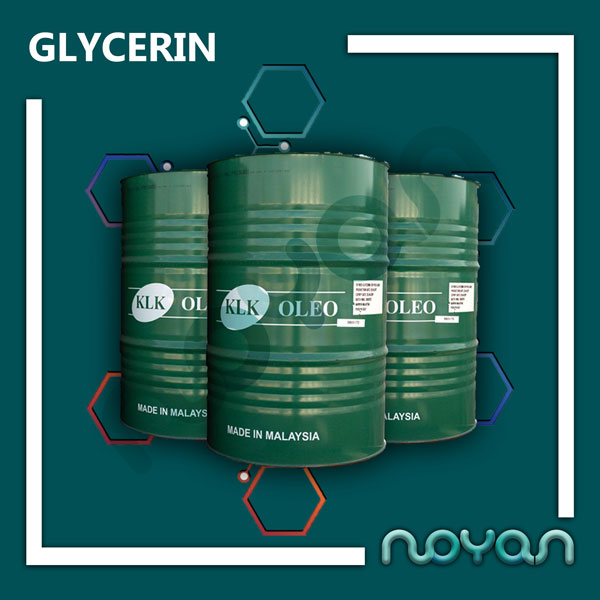Acetone
Perhaps the first time you heard of Stone, you were a child when your mother asked you to bring her eraser. Acetone with the chemical formula CH3 (2CO) is an organic substance that is naturally produced by the body’s metabolism and is found in almost every home as a raw material for cleansing varnish; However, its main use in industry is as a solvent and cleaner in laboratories. Acetone or propane is a colorless, volatile, and flammable liquid known as the simplest and smallest ketone available. It is interesting to know that people with diabetes produce more acetone than ordinary people, and in laboratories acetone is used instead of water to wash laboratory dishes, and more importantly, life without acetone is almost impossible in today’s society. Acetone is a colorless liquid with a sweet taste and pungent fruit, known by the chemical formula CH3 (2CO), this chemical boils at 56.05 ° C and will melt at minus 94.07 ° C. Acetone weighs 58.08 grams per mole, has 4 heavy atoms and a covalent bond. Dimethyl ketone dissolves in water at any concentration, unlike most organic chemicals, and is highly liquid with a viscosity of 0.32 cp. The molecular spatial shape of acetone is trigonal and its density at 25 ° C is 0.7845 g / cm3.
Acetone is dissolved in benzene, diethyl ether, methanol, chloroform and ethanol, and its flash point is reported at minus 16.99 to minus 20 ° C by various sources. Its relative vapor density is 2 g / cm3 and its vapor pressure is 180 mm Hg at 20 ° C and will ignite on its own at 465 ° C.
Acetone is one of the most widely used organic solvents in industry. About one-third of the world’s total acetone purchases are used as solvents, and a quarter of the world’s acetone purchases are spent on cyanohydride acetone and methyl methacrylate.
Acetone is an excellent solvent for many plastics and some synthetic fibers and natural resins, and is used to dilute polyester resin, clean tools, and dissolve two-part epoxies and cyanide crystals before hardening. Acetone is also used as a volatile material for paints and varnishes on wood. Acetone, as one of the main cleaning agents, has also played a major role in preparing metals before painting. Acetone can also be used as a stainless steel for metals.
A large amount of acetone is purchased by the pharmaceutical industry, because its solvent properties can be used to make various drugs. Although acetone itself is flammable, it is used as a solvent to transport acetylene, which has a much higher flammability. It is interesting to know that one liter of acetone at a pressure of 10 times has the ability to dissolve 250 liters of acetylene.
About 20% of the world’s acetone purchases are for bisphenol A alone. This chemical is the basis for making many polymers such as polycarbonates, polyurethanes and epoxy resins. Several million tons of acetone are also used to produce methyl isobutyl ketones and methyl isobutyl alcohol.
Almost all laboratories use acetone to wash laboratory dishes, mainly due to the cheap price of acetone and its volatility. Acetone is used as a polar solvent and proton in many organic reactions, and acetone is also used as a protein precipitate.
Acetone has been widely used in the manufacture of many cosmetics and medicines and has also been accepted as a dietary supplement. Aside from the industrial uses of acetone, the most common home use of acetone mentioned at the beginning of this note is as a raw material for nail polish remover. Make-up artists use acetone as an adhesive cleaner for items such as artificial mustaches. Stone steam is also used to power appliances made with a 3D printer.
